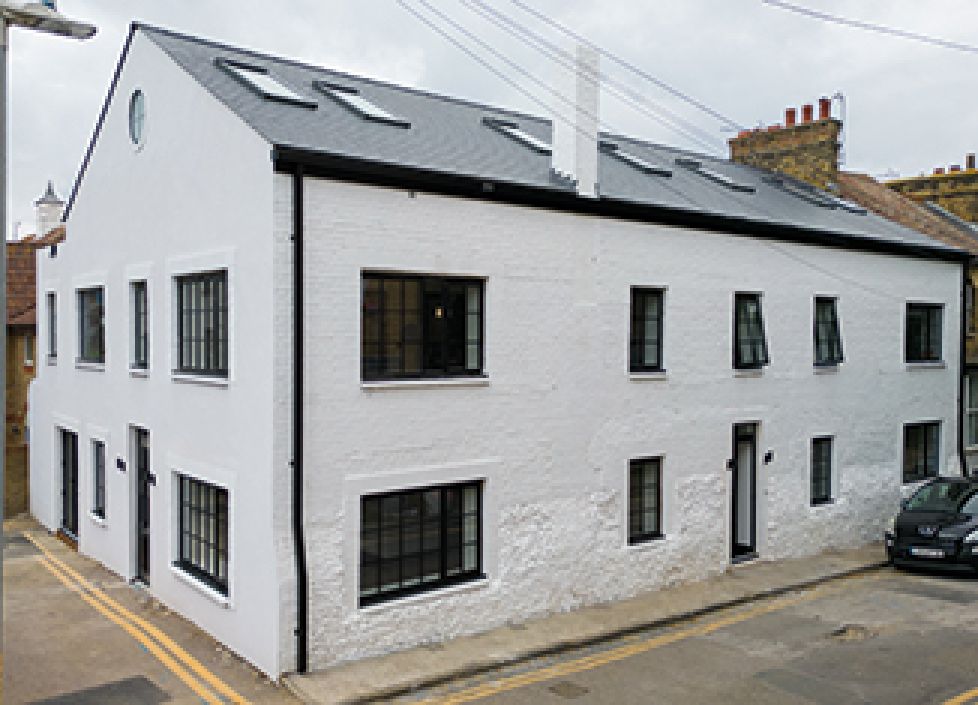It’s that time of year: new students plunge headfirst into Freshers’ Week and second- and third-year students return to their universities. HMOs and cluster blocks are therefore hot topics at the moment, but it’s also worth looking at the changing demands of students and how landlords of student properties can adjust to accommodate them.
Much higher student tuition fees have contributed to students having higher expectations of the university experience, which obviously encompasses their living arrangements. En suite facilities, internet connections and wide screen TVs are now all considered standard in the better quality private accommodation. An interesting survey by the Mistoria Group listed high quality white goods and fast broadband as among students’ highest priorities when looking to rent, which is unsurprising. What is more unusual is that 25% of respondents wanted somewhere where they could keep a pet, a request which, ten years ago, was barely a concern. These are the properties which will command the highest rentals and have the lowest voids so any landlord relying on old-style HMO properties with shared facilities will be lower down the list when students are looking to choose where to stay, and will achieve lower rental.
Another aspect that has affected student accommodation standards is the continued increase in popularity of UK universities with overseas students, particularly from China and other parts of Asia. These students often come from wealthy families, will be paying higher tuition fees than other students and tend to look for the premium properties. Poorly maintained shared accommodation with slow broadband, located further than a 10-15 minute walk from a university campus, will neither be snapped up quickly by students nor result in such a good rental yield. Yields for new quality, purpose-built student accommodation are around 6.50%, which reflects the strong cash flow that can be generated.
A further change affecting landlords surrounds utility bill payment. Ten years ago, students paid their rent to their landlord and dealt with utility bills separately, dividing the amount up amongst themselves. Occasionally a property included a charge for water, but the majority were usually just advertised with their rental price per week. The recent rental report from Accommodation for Students (AFS) now shows that 51% of student properties offer rents with bills included. This figure has doubled since 2005, with the incidence of landlords advertising inclusion rates being consistent across England and Wales. The report revealed over 55% of student properties in 40 university cities offer rents with bills included. Although this development makes life much easier for students, saving them time and admin, landlords do run the risk of short-changing themselves. In order to remain competitive, landlords are lowering the amount they charge for utilities, yet they could be the ones losing out. Recent research revealed that gas and electricity were the household bills that concerned students the most, so offering bills inclusive obviously makes the property a more attraction proposition to students, but failing to analyse the cost will leave the landlord the loser.
Landlords need to be flexible and responsive in order to react to students’ evolving demands. By providing high quality accommodation, with bills factored in and good internet access, their properties’ appeal will increase and they’ll be able to attract a higher quality of student tenant.



















